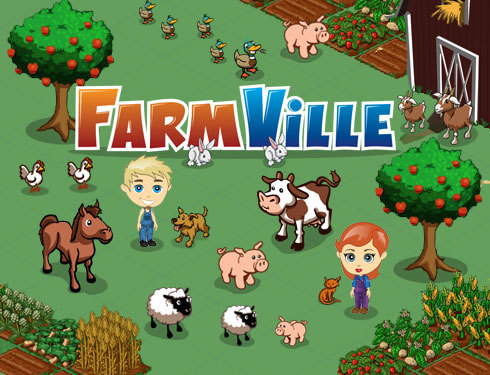
The recent meetup on Viral Media had an AMAZING cast of speakers, who each spoke for about 10 minutes. Thanks to AOL for hosting, Jon Steinberg for organizing, and the NY tech community for supporting such great events.
The panel had a great mix of experiences. From the recent action at Reddit (why are they on Digg’s front page?) to old Milgram experiments, the panelists covered it all.
The speaker list included:
- Duncan Watts, Principal Research Scientist at Yahoo! Research, author of the great book Six Degrees
- Nihal Mehta, CEO Buzzd, discussing their new viral offers
- Greg Galant, Sawhorse Media, on building a viral product: Shoutworthy
- Erik Martin, Reddit, “How something goes viral on Reddit”
- Brian Morrissey, Digital Editor AdWeek, “The Science of Sharing”
- Tim Schigel, CEO Sharethis.com
- Social Action – Enjoyment of the app or experience REQUIRES sharing
- Star Vehicle – Usage of the app or product enhances user’s career or social life, perhaps helping them better communicate with fans or friends. For example, Formspring and Twitter offer celebrities and self-promoters a new way to get their message out
- Ruckus – The app or product has something special or noteworthy. Perhaps it sparks imagination or disgust. Maybe its first to market. Maybe it has some simple hook that can easily be passed on. My mom can’t explain why people Tweet, but she knows its a public message of 140 characters or less. People who don’t use FourSquare still know you can announce where you are and become mayor.
My favorite chart came from Tim of CEO Sharethis.com. He said that certain verticals have more people in them who are likely to pass on content in the vertical. Specifically, it appears that health content has a higher concentration of readers who will share the content. See the full chart from their case study below:

There was a general agreement that to have a viral hit, you need to try often. Duncan said its better to regularly trigger lots of small cascades, instead of trying to predict one large cascade. Brian noted that “Elf yourself” was one of 25 microsites by OfficeMax for the holidays, and only the elves went viral. [credit to @papillonc for elf reminder]. After the demo, Buzzd’s CEO said they regularly test content on their homepage which gets millions of unique visitors each month to see what has viral potential.
Lastly, I was impressed with how Erik and the 4 person Reddit team handled their recent opportunity from the Digg redesign. He offered sage advice about milking a viral hit. Once you have something going, you should do whatever you can: change your logo for a day, release your stats to bloggers, turn your community into ambassadors, and go above and beyond to keep your company and its hit in the limelight.





















